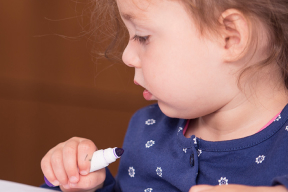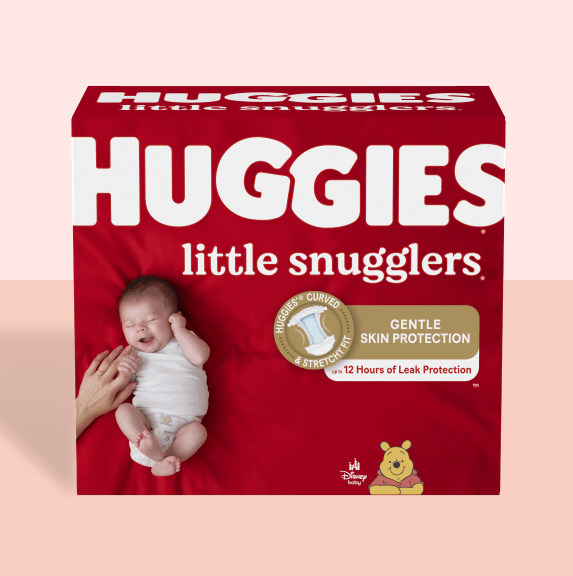Growth and development at 14 months old
Your toddler may have a little potbelly at this age—a normal characteristic through these early years. The normal appearance of this age group is longer in the body, having a protuberant tummy, a small bottom, and bowlegs. Don’t worry if their proportions seem off. As their bones lengthen and their body matures, their shape will change immensely. You also may notice, even at this early stage, how much they look like you or your partner.
If your toddler has little to no hair, then this is typically the age when it starts to grow faster. Fine, light-colored hair can take longer to appear than darker colors. Some toddlers have had their first hair cut by now which can elicit some strong emotions, especially for mothers. It can be one of the first signs their little baby is growing up. Remember to keep some of their baby hair as a keepsake and store it somewhere safe.
Play and interaction at 14 months old
Read to your toddler every day and let them see you reading too. Take them to the library and search for books together. Secondhand stores and garage sales are both great sources for inexpensive children’s books. Aim to have a home where reading is a normal everyday part of your lives. Children who grow up immersed in language and books are well prepared for the early years of school.
What you can expect at 14 months old
Some days you will find parenting straightforward and easy, and other days will be more of a challenge. This is a time of discovery and growing autonomy for your toddler; they will need to push familiar boundaries so they can learn about new things. This will inevitably lead to some interesting moments as they want to play with something or go somewhere you know they cannot go. Remember that your job is not to always keep your toddler happy, but to keep them safe. It is okay to set boundaries and your job to keep control. You also need to ensure they have an environment that will supply them with everything they need to grow and thrive. There will be times when you need to remind yourself that although your toddler knows what they want, you know what they need.
Food and nutrition at 14 months old
This is the age where independent eating is very important so if you are still spooning your toddler’s food into their mouth, consider stopping. Unless they have a developmental issue, they will be able to control what they eat and when they need to stop because they are full. Expect your 14-month-old to want to eat from your plate as well as their own! Try to offer them food from a wide variety of sources, even if they aren’t interested at first.
Toddlers often need to try a new food 10 to 20 times before they will accept it. Fear of the unknown and being cautious of anything new is developmentally appropriate.
Keeping your toddler healthy at 14 months old
You may find your toddler has their first cold around now. Colds are common in the toddler and preschool years, simply because young children have not had the opportunity to build up any resistance yet to them. There is no treatment other than symptomatic relief and lots of hugs. If your toddler refuses to eat or drink, is not peeing, develops an elevated temperature, has a cough, or has trouble breathing, you will need to have them seen by their healthcare provider.
Watch your toddler around the family dog, even if they are familiar with each other. Dogs can be unpredictable and should never be left alone or unsupervised with young children. Don’t expect your 14-month-old to know how to be gentle with the family pet. Learning how to hold, stroke, and care for animals are all skills that need a certain level of cognitive ability which your toddler does not yet have.
General tips
The information of this article has been reviewed by nursing experts of the Association of Women’s Health, Obstetric, & Neonatal Nurses (AWHONN). The content should not substitute medical advice from your personal healthcare provider. Please consult your healthcare provider for recommendations/diagnosis or treatment. For more advice from AWHONN nurses, visit Healthy Mom&Baby at health4mom.org.









